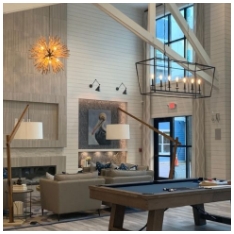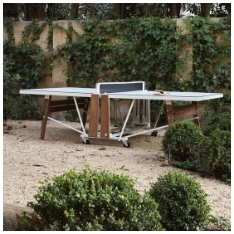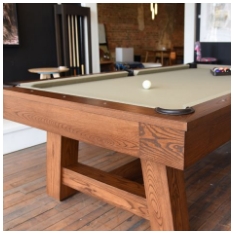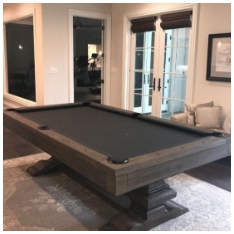Pool is one of the most widely played cue sports across the world, enjoyed casually at home, in clubs, and competitively in tournaments. At the center of the game lies one essential tool — the cue stick. For anyone new to the game, a common question arises: What is a cue in a pool table?
In simple terms, a cue is the stick used by a player to strike the cue ball during a game of pool. While it may look like a simple wooden stick at first glance, the cue is a carefully crafted piece of equipment designed for accuracy, comfort, and control. To understand pool as a game, it is important to first understand the role of the cue.
The Definition of a Pool Cue
A cue is a tapered stick, typically between 57 and 59 inches in length, used to hit balls on a pool table. The primary purpose of the cue is to strike the white cue ball, which in turn moves other balls into pockets.
Unlike other recreational sticks or rods, a pool cue is specifically designed to provide balance, grip, and precision. Professional cues are often crafted from hardwoods like maple or ash, while some modern cues use fiberglass, carbon fiber, or composite materials for added durability and performance.
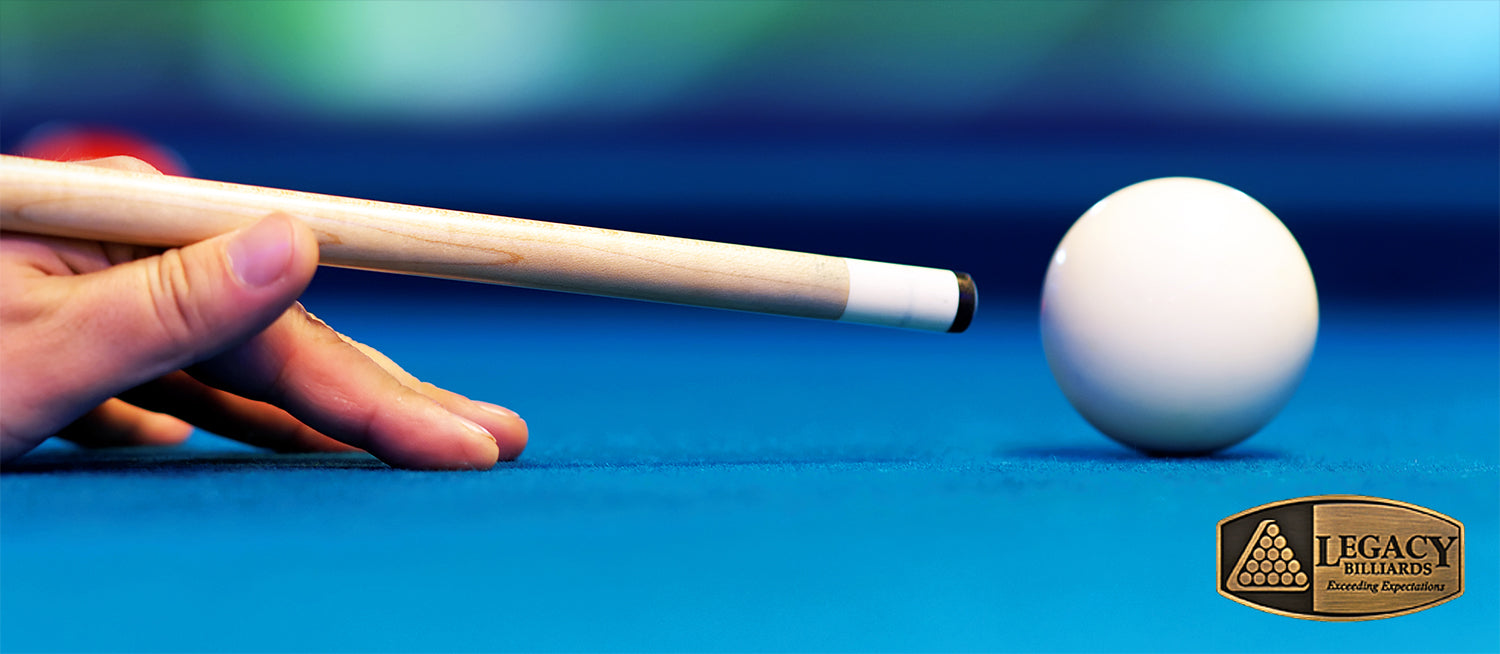
Parts of a Pool Cue
To fully answer the question “What is a cue in a pool table?”, it helps to break down the cue into its different parts. Each section has a specific role in the performance of the stick.
The Tip
The tip is the small, rounded end of the cue that strikes the cue ball. Made from leather, layered composites, or synthetic materials, it provides grip and control when making contact. Tips can range from soft to hard, affecting spin and precision.
The Ferrule
Located just below the tip, the ferrule acts as a shock absorber, reducing vibrations and protecting the shaft from cracking. It is usually made of plastic or composite materials.
The Shaft
The shaft is the long, tapered front portion of the cue. It is designed for smooth contact with the bridge hand and helps guide the shot. Most shafts are crafted from hard maple, though advanced cues may feature low-deflection shafts for greater accuracy.
The Joint
The joint is the section where the shaft connects to the butt of the cue. Most cues come in two pieces for portability, joined by a metal or composite joint pin.
The Butt
The butt is the thicker, rear end of the cue that players grip. It often includes decorative inlays, wraps, and balance weight systems. The wrap, made from leather, linen, or rubber, provides comfort and grip during play.
The Bumper
At the very end of the cue is the bumper, a rubber cap that prevents damage when the cue is accidentally dropped or leaned against the floor.
Different Types of Pool Cues
Not all cues are the same. Players often choose a cue based on their playing style, budget, and skill level.
One-Piece Cues
Found in pool halls and casual settings, one-piece cues are affordable and sturdy. They are usually used by beginners or in places where many people share the same equipment.
Two-Piece Cues
Preferred by serious players, two-piece cues can be unscrewed at the joint for portability. They often offer better balance and quality compared to one-piece cues.
Break Cues
Designed specifically for the break shot, these cues have harder tips and reinforced shafts to withstand powerful strikes.
Jump Cues
Shorter and lighter, jump cues are designed to help players perform jump shots over obstructing balls.
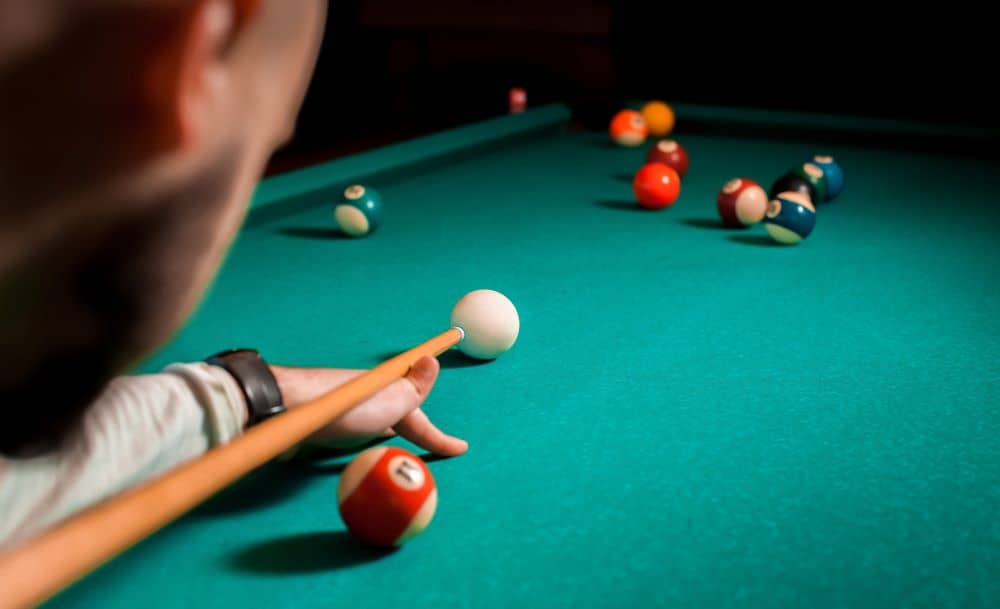
Custom and Professional Cues
High-end cues are crafted with premium woods, precision balance systems, and intricate inlays. Professional players often invest in customized cues tailored to their preferences.
How to Choose the Right Cue
If you are new to pool and wondering not just “What is a cue in a pool table?” but also how to select one, here are key factors to consider:
Cue Length
Standard cues measure around 58 inches, which suits most adults. Shorter cues (48–52 inches) are available for younger players or for play in tight spaces.
Cue Weight
Cues typically weigh between 17 and 21 ounces. Lighter cues allow for finesse and control, while heavier cues provide more power. Choosing the right weight often comes down to personal comfort.
Tip Hardness
Soft tips grip the cue ball better, allowing for spin, while hard tips last longer and are better for powerful shots. Medium tips provide a balance between the two.
Material and Build
Wooden cues are traditional, but fiberglass and carbon fiber cues resist warping and can last longer with less maintenance.
Budget
Beginners can start with affordable cues in the $30–$100 range, while intermediate players may invest in higher-quality cues costing $150–$500. Professional custom cues can reach thousands of dollars.
Maintaining Your Pool Cue
Understanding what is a cue in a pool table also means knowing how to take care of it. A well-maintained cue can last for years and improve gameplay.
Cleaning the Shaft
Wipe the shaft regularly with a clean, dry cloth. Avoid using harsh chemicals, as they can damage the wood.
Protecting the Tip
Shape and chalk the tip regularly to ensure consistent contact with the cue ball. A tip shaper or scuffer can help maintain the rounded surface.
Proper Storage
Keep cues stored vertically in a cue rack or in a protective case. Avoid leaning cues against walls, as this may cause warping.
Environmental Control
Extreme heat, humidity, or cold can damage wooden cues. Store them in a stable environment to maintain quality.
Why the Cue Is Important in Pool
Without the cue, pool as a game would not exist. The cue is more than just a stick; it is the tool that connects the player’s skill to the outcome on the table. A good cue improves accuracy, consistency, and control. For professionals, it can even be the difference between winning and losing a match.
Beginners often start with basic cues, but as they progress, they learn how much difference the right cue can make. Mastering techniques like spin, draw, and follow shots becomes possible with a well-chosen and well-maintained cue.
Conclusion
So, what is a cue in a pool table? It is the essential tool used to strike the cue ball, carefully designed with multiple parts to provide precision and control. From the tip to the bumper, every element has a purpose. Whether you are a beginner learning the basics or an experienced player looking for the perfect custom cue, understanding the role of the cue is the first step to improving your game.
A pool table may provide the stage, but the cue is the instrument that brings the game to life. Choosing, maintaining, and mastering your cue is one of the most rewarding aspects of playing pool.

